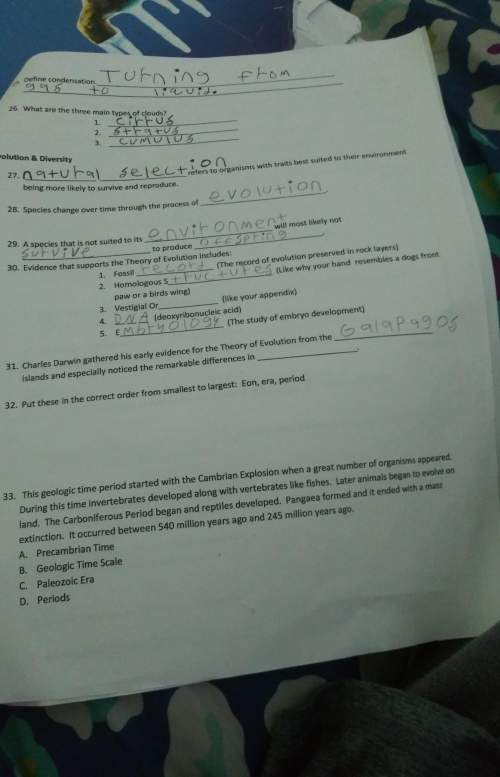
Physics, 10.11.2021 22:20 TheMadScientist8575
What makes the Moon completely dark during a lunar eclipse?

Answers: 1


Other questions on the subject: Physics

Physics, 21.06.2019 22:00, sophiamoser
In a wind tunnel the speed changes as the cross sectional area of the tunnel changes. if the speed in a 6' x 6' square test section is 100 mph, what was the speed upstream of the test section where the tunnel measured 20' x 20'? use conservation of mass and assume incompressible flow. conservation of mass requires that as the flow moves through a path or a duct the product of the density, velocity and cross sectional area must remain constant; i. e., that ova-constant. a model is being tested in a wind tunnel at a speed of 100 mph if the flow in the test section is at sea level standard conditions, what is the pressure at the model's stagnation point? (a) the tunnel speed is being measured by a pitot-static tube connected to a u- tube manometer. what is the reading on that manometer in inches of water? (b) at one point on the model a pressure of 2058 psf is measured. what is the local airspeed at that point?
Answers: 2

Physics, 22.06.2019 04:20, gonzalesalexiaouv1bg
When considering gravity acceleration and the force of acceleration, what must be true? a. the direction of acceleration must be perpendicular to the direction of the force. b. the direction of the force and the direction of acceleration must be the same as each other. c. the direction of the force and the direction of acceleration must be opposite of each other. d. the mass of the body must be the same as the acceleration of the body.
Answers: 1

Physics, 22.06.2019 09:30, smiley29162
Gasoline comes from petroleum, which is made from ancient living things. petroleum, therefore, contains a type of energy. a. heat b. nuclear c. biological d. chemical potential
Answers: 2

Physics, 22.06.2019 10:30, gyexisromero10
Air is to be preheated by hot exhaust gases in a cross-flow heat exchanger before it enters the furnace. air enters the heat exchanger at 95 kpa and 20°c at a rate of 0.6 m^3/s. the combustion gases (cp = 1.10 kj/kg°c) enter at 160°c at a rate of 0.95 kg/s and leave at 95°c. determine the rate of heat transfer to the air and its outlet temperature.
Answers: 2
You know the right answer?
What makes the Moon completely dark during a lunar eclipse?...
Questions in other subjects:

Mathematics, 01.07.2019 21:30

Mathematics, 01.07.2019 21:30


English, 01.07.2019 21:30

History, 01.07.2019 21:30



Health, 01.07.2019 21:30

Mathematics, 01.07.2019 21:30

Biology, 01.07.2019 21:30





